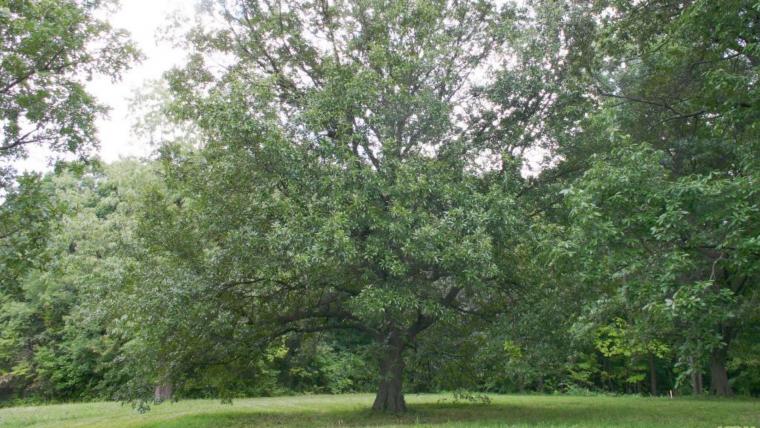
In a nutshell
Much of what we know about climate impacts on forests comes from research done on common species, leaving a gap in our understanding of how climate will impact rare species. Researchers combined observations from The Morton Arboretum with observations collected by Nature’s Notebook participants across the country to demonstrate the complementary strengths of these two data types in understanding climate impacts on rare and understudied trees. The authors created predictive models for oaks that were not well studied, providing new information about when to expect oak budburst and leaf out both in the short term and under future climate conditions.
What is special about this study?
The authors note that using Nature’s Notebook data enabled them to capture variation in phenological patterns caused by the different conditions across the US where observers are active. The study opens up great future potential, since we know that many botanical gardens and arboreta share data collection methods, species and questions with backyard observers.
This study is not alone in building our understanding of phenology using “living collections” (the plants growing in botanical gardens or arboreta for education, research and conservation purposes):
- A study at the Arnold Arboretum in Boston on false spring risk (learn more)
- A study at the Forest Botanical Garden of Heilongjiang Province, in China, showing earlier flowering is a conserved trait across species (Du et al 2017)
- A review of all the ways that botanical gardens have helped shed light on climate change impacts on plants (Primack et al 2021)
This study demonstrates a new way to leverage living botanical collections data with widespread volunteer-collected data to fill this gap. Our long-term collaboration with The Morton Arboretum, and the volunteers who have contributed observations following Nature’s Notebook protocols make research like this possible.
What does this mean for YOU?
Understanding how rare and understudied species are responding to climate change helps natural resource managers better protect these species.
Next time you are at a botanical garden or arboretum, you can learn about some of the unusual species of common plant groups (like maples, oaks, asters, mustards). It might even be one of the many botanical gardens and arboreta that are already running a Local Phenology Project with Nature’s Notebook.
Citation: Fitzpatrick, L., Giambuzzi, P.J., Spreitzer, A., Reidy, B., Still, S.M. and Rollinson, C.R. 2021. Improving phenology predictions for sparsely observed species through fusion of botanical collections and citizen-science. Climate Change Ecology.
doi.org/10.1016/j.ecochg.2021.100032